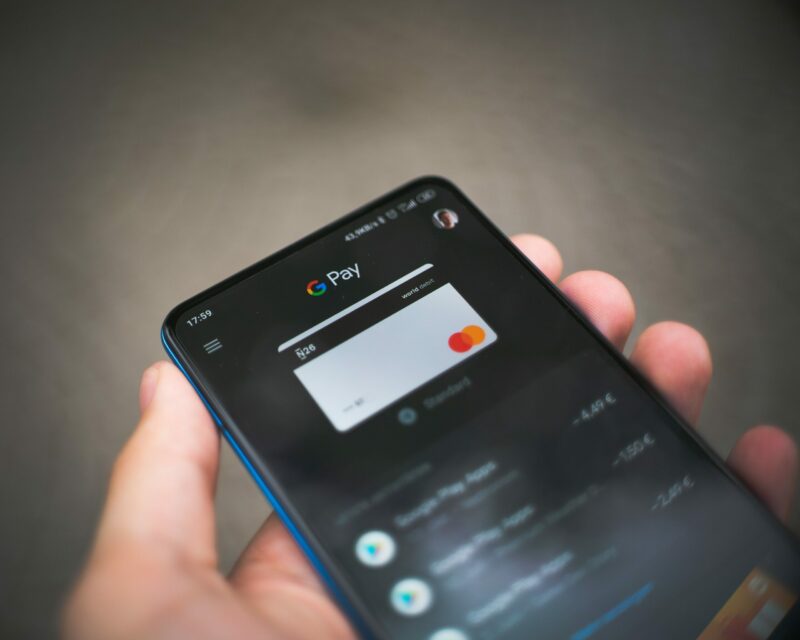A new report from Juniper Research into the rise of e-wallets indicates that global payments using these vendors will rise from $7.5 trillion in 2022 to more than $12 trillion by 2026. The Digital Wallets: Key Opportunities, Vendor Analysis and Market Forecasts 2022-2026 report believes there has been increasing merchant acceptance of e-wallets as a legitimate payment method.
The likes of PayPal, Neteller and Skrill have become household names on the list of accepted deposit and withdrawal methods with established brands in sport, entertainment, e-commerce and many other digital-facing niches. There are instances where e-wallets remain frowned upon.
For example, many igaming promotions make deposits with digital wallets ineligible for bonuses, which makes it increasingly important to know the terms and themes of the latest deals that are a large part of the iGaming experience. Virtual slot games cover all kinds of themes from popular culture today and exist to provide a more immersive iGaming environment. Promos exist to heighten the slot fun, but thus far e-wallet holders are sometimes ruled out of the newest campaigns.
The Juniper Research Competitor Leaderboard has identified the top five most popular e-wallet vendors as of 2022. These vendors are listed as “established leaders” in the digital wallet industry. Juniper Research believes all five of these vendors are forging ahead with value-added services, including the offer of credit and loyalty rewards in a bid to diversify their revenue streams.
PayPal
PayPal has been one of the dominant forces in the digital wallet industry for more than a decade. Its valuation in 2021 was more than twice that of established tech and financial conglomerates like IBM ($115bn) and Goldman Sachs ($119bn), with a $282bn value placed on PayPal’s head. As of 2021, it was said to have 377 million active users. Although this is significantly less than other conventional payment providers like Mastercard (1 billion) and Visa (3.3 billion), its revenue growth far outstripped its competitors last year.
One of the defining factors behind PayPal’s impressive revenue growth has been its attempts to diversify its products. Most recently, it has taken the bold decision to embrace cryptocurrencies, with the ability to buy, sell and hold crypto assets with a PayPal account. At the time of writing, PayPal supports transactions for Bitcoin, Ethereum, Bitcoin Cash and Litecoin. In addition, PayPal Credit is also making it possible for account holders to take advantage of ‘buy-now-pay-later’ payment solutions that can spread larger payments across four months interest-free.
Alipay
It’s perhaps no surprise that Alipay ranks as the second most dominant e-wallet due to its position in the Chinese mobile payment market. Founded by tech entrepreneur Jack Ma in 2004, Alipay has since gone on to become the world’s biggest mobile payment app, usurping PayPal as of 2013. Although the Alipay app was originally targeted at simplified and traditional Chinese speakers, it has recently incorporated the English language into its app, to make its services more inclusive to travelers in China.
WeChat Pay
WeChat Pay is another popular entrant to the mobile and e-wallet, launching in August 2013. It has rapidly become the number-one rival to Alipay in the Chinese consumer market. Within three years of its launch, WeChat Pay developed an active user base of 300 million-plus users. Its success is largely founded upon the fact it piggybacked off the success of WeChat, an instant messaging application akin to WhatsApp.
Italy-based Chinese consumers with Chinese bank accounts could use the service to pay for goods in-store, with a growing number of merchants accepting its transactions. It has since extended into other nations such as South Africa and, more recently, the UK. A partnership with British payment firm Tramonex has made it possible for WeChat Pay to provide compatible mobile and online payments to UK-based merchants.
Apple Pay
In terms of mobile digital wallets, Apple Pay is right up there and understandably so. It’s designed for use with iOS-powered smartphone and tablet devices, making it possible to pay for goods and services using your iPhone, iPad or even your Apple Watch. The beauty of Apple Pay is that it does not need contactless payment terminals built exclusively for Apple Pay. It can work with any point-of-sale terminal that permits contactless transactions. The Face ID and Touch ID biometrics ensure secure authentication for payments too.
Although this wallet is still only marginally accomplished what Alipay and others have managed to achieve, today Apple Pay is compatible with credit and debit cards issued in no less than 73 nations and territories globally. It has also teamed up with multiple retailers to support customer loyalty programs. In the US, Apple Pay users can still claim for rewards with the likes of Coca-Cola, Walgreens, Yogurtland and Quiznos when paying through their iOS device. It’s a similar story for British Apple Pay users, with Nando’s and fuel station Texaco conveying their loyalty programs through Apple Pay’s protocol.
Google Pay

Formerly known as Android Pay, Google Pay is following Apple Pay close up on the rails as a leading e-wallet platform. It’s wholly compatible with any Android smartphone or tablet, which gives Google Pay access to a much broader spectrum of consumers than Apple owners. As of 2021, Google Pay was available to use in 42 nations, with Wear OS watches also compatible.
When it comes to the “leading challengers” in the e-wallet marketplace, Juniper Research labeled the likes of Samsung Pay, Amazon Pay and Orange Money as the main front-runners to challenge the established quintet.
By Kyle Sepra
Bio: Kyle is a traveler, foodie, and football enthusiast. #footie4life

